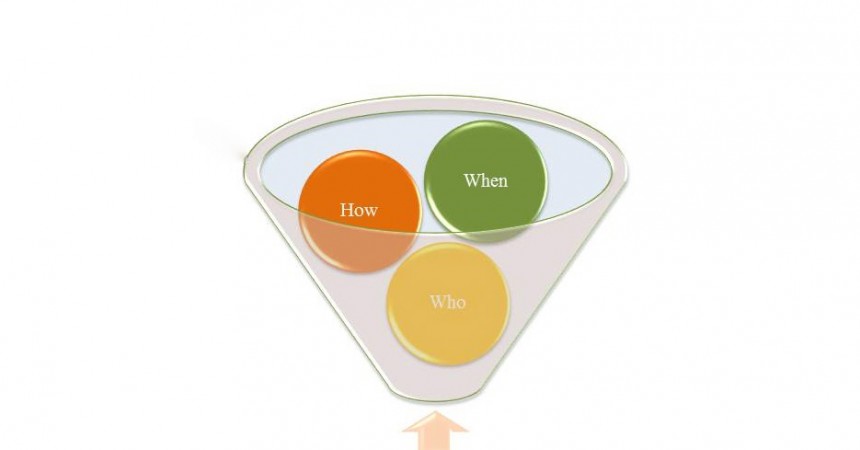Lean RCM Risk Register 1-point lesson
What is it?
A logical and probabilistic method of identifying, evaluating and prioritising the risks posed by the processes used in an asset-intensive environment.
The benefits
Having a risk register demonstrates that an organisation fully understands its processes and the consequences when things go wrong. It allows that organisation to prioritise its strategies to control or eliminate these risks in a logical order. It’s a joined up approach to tackling issues regarding Safety, Quality, Costs, Delivery.
Putting first things first.
How does this differ from more traditional approaches?
Traditional criticality or risk register processes focus on individual items of equipment as more often than not the starting point is inventory of assets which has been entered into a computerised maintenance management system.
The Lean RCM risk register process instead focuses on functions and standards of performance i.e. what you want to achieve with your process and to what standard rather than what the manufacturer intended to be done with the equipment-often 2 very different things.
How does this differ from more traditional approaches?
Having identified all of the functions and functional failures of the equipment and the corresponding standards of performance, the risk register then evaluates the risk each of these functional failures poses against:
- Safety
- Quality
- Costs
- Delivery
And finally, the risk register process looks at the likely frequency of functional failure to give an overall Risk score for each functional failure.
RISK REGISTER = (SAFETY + QUALITY + COST + DELIVERY) x FREQUENCY
Share:


